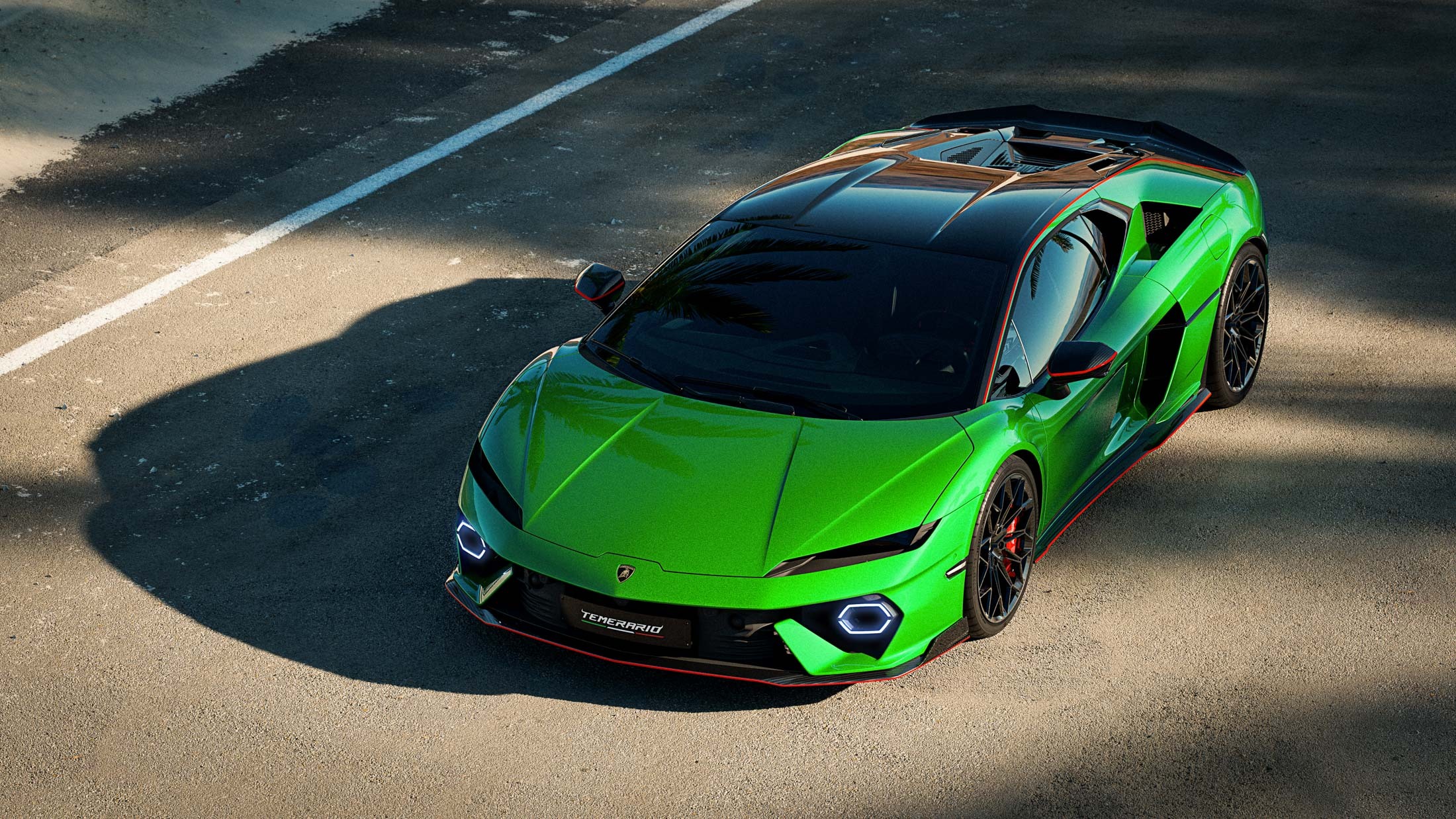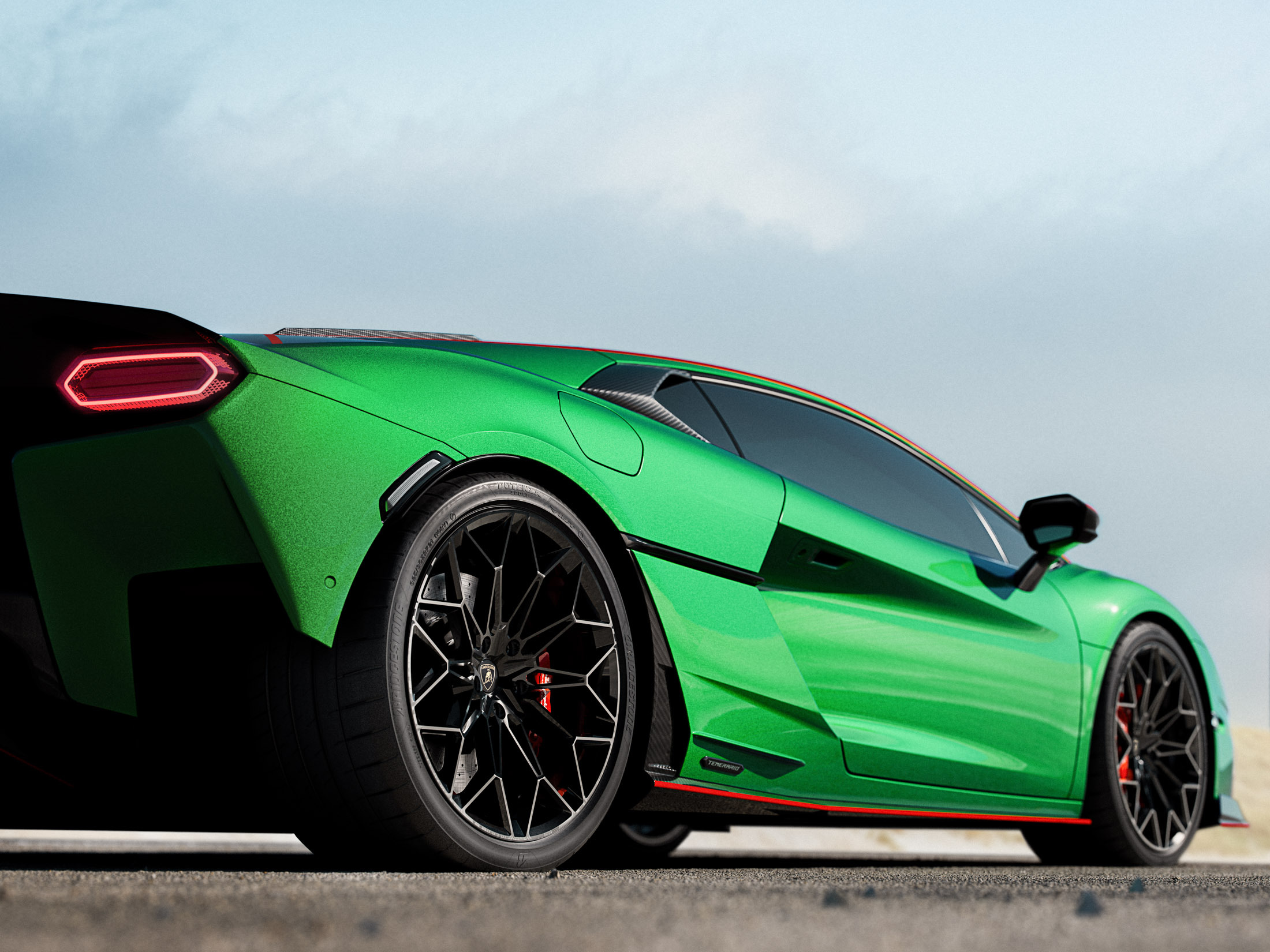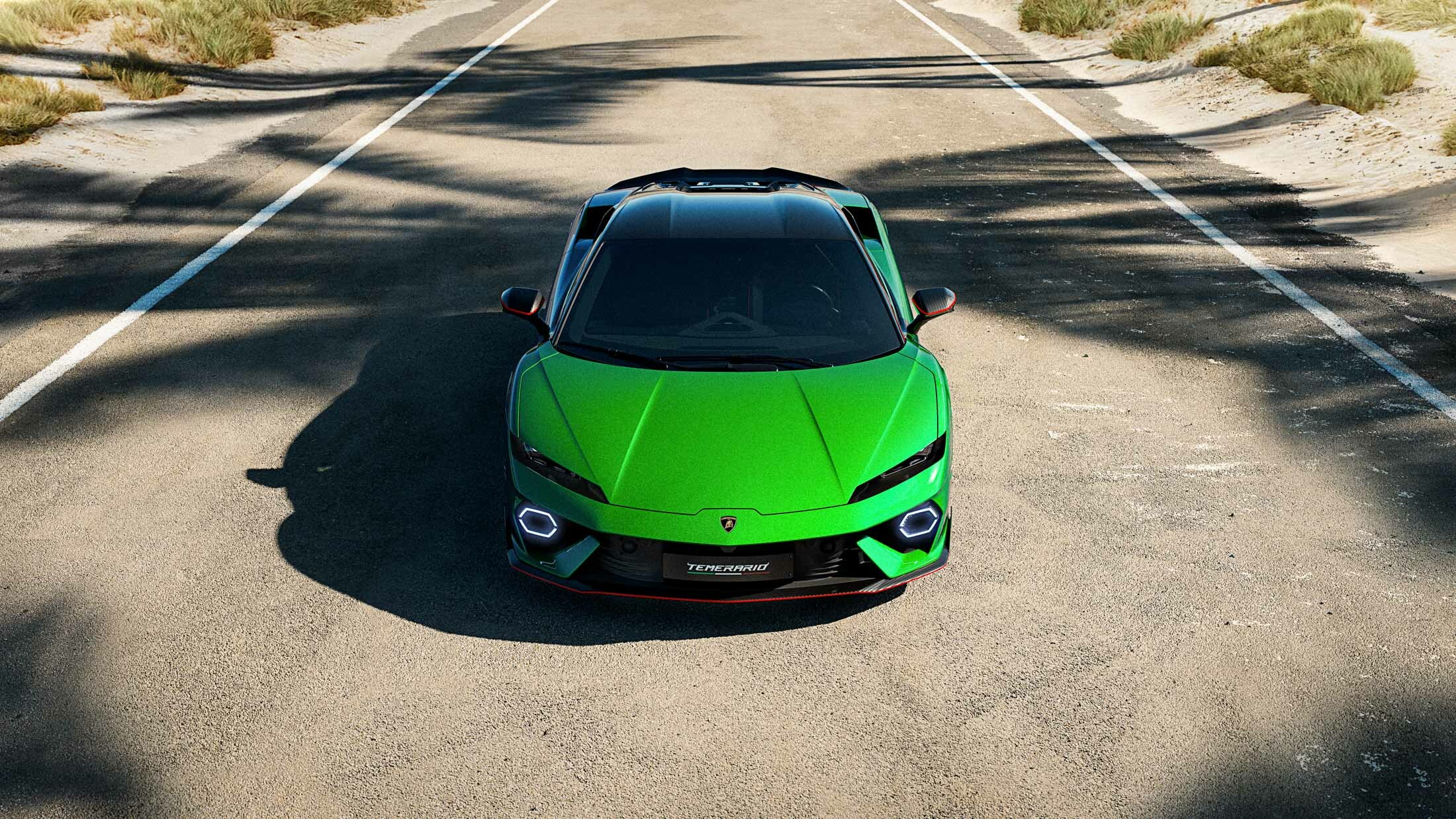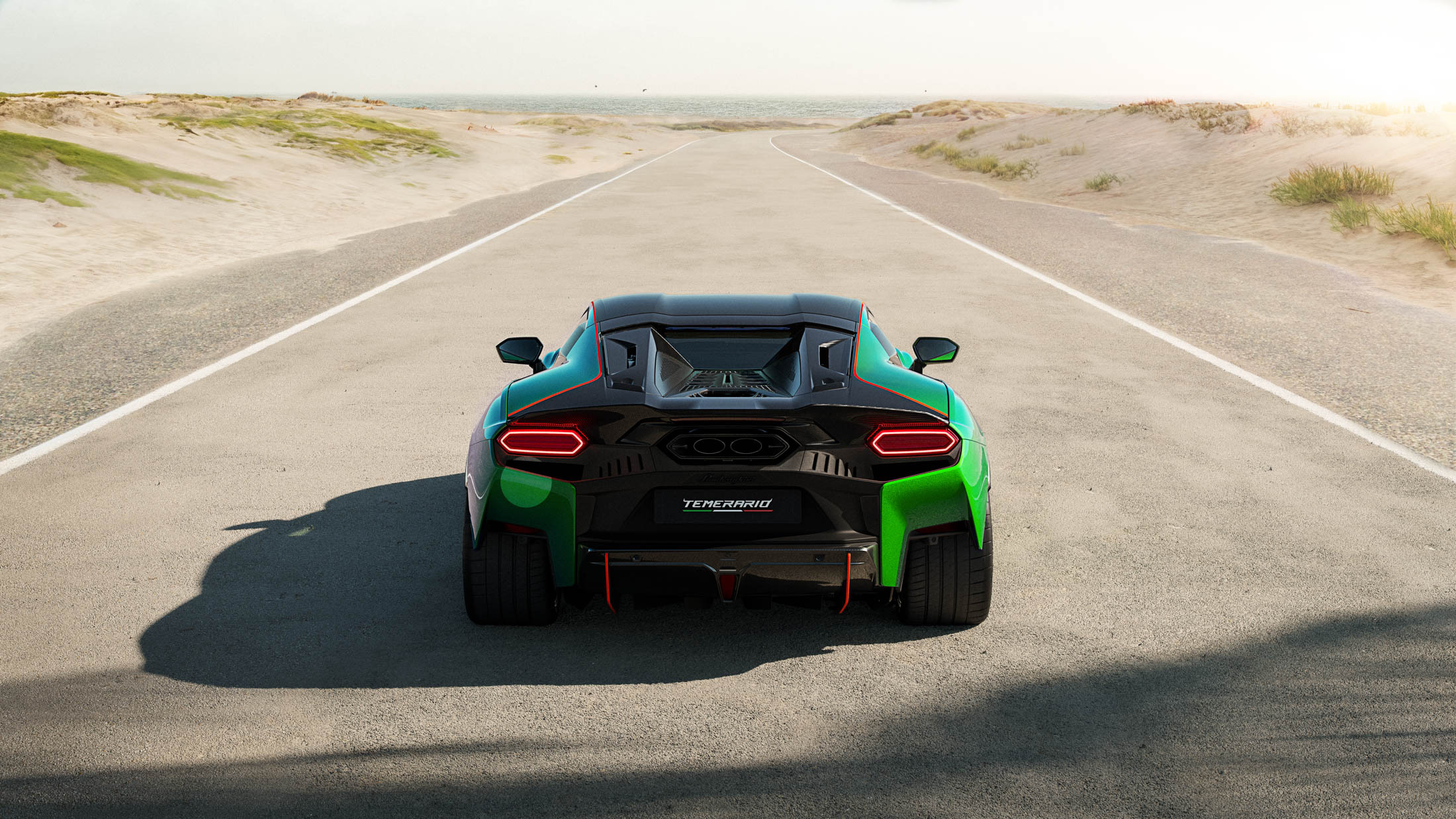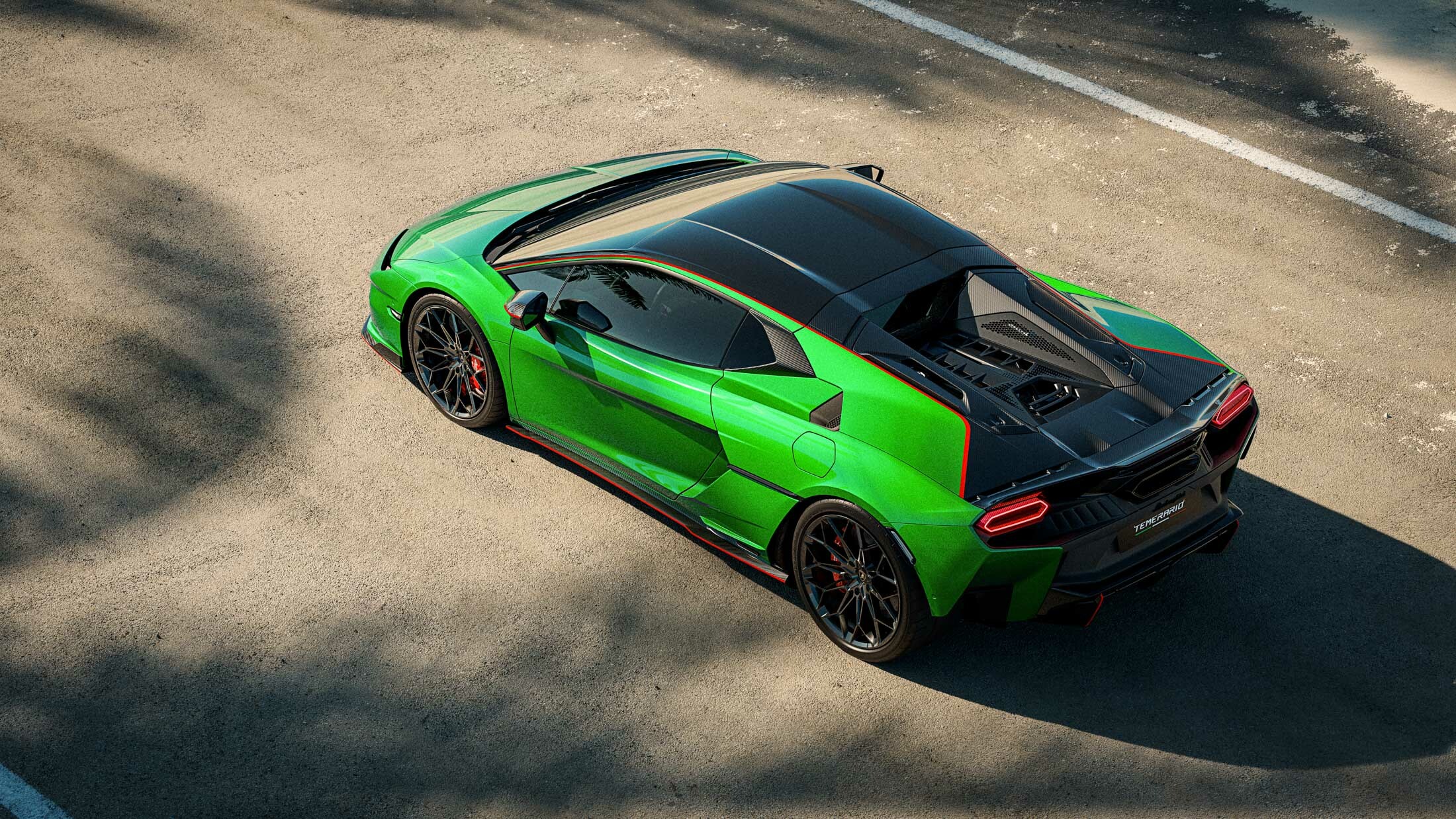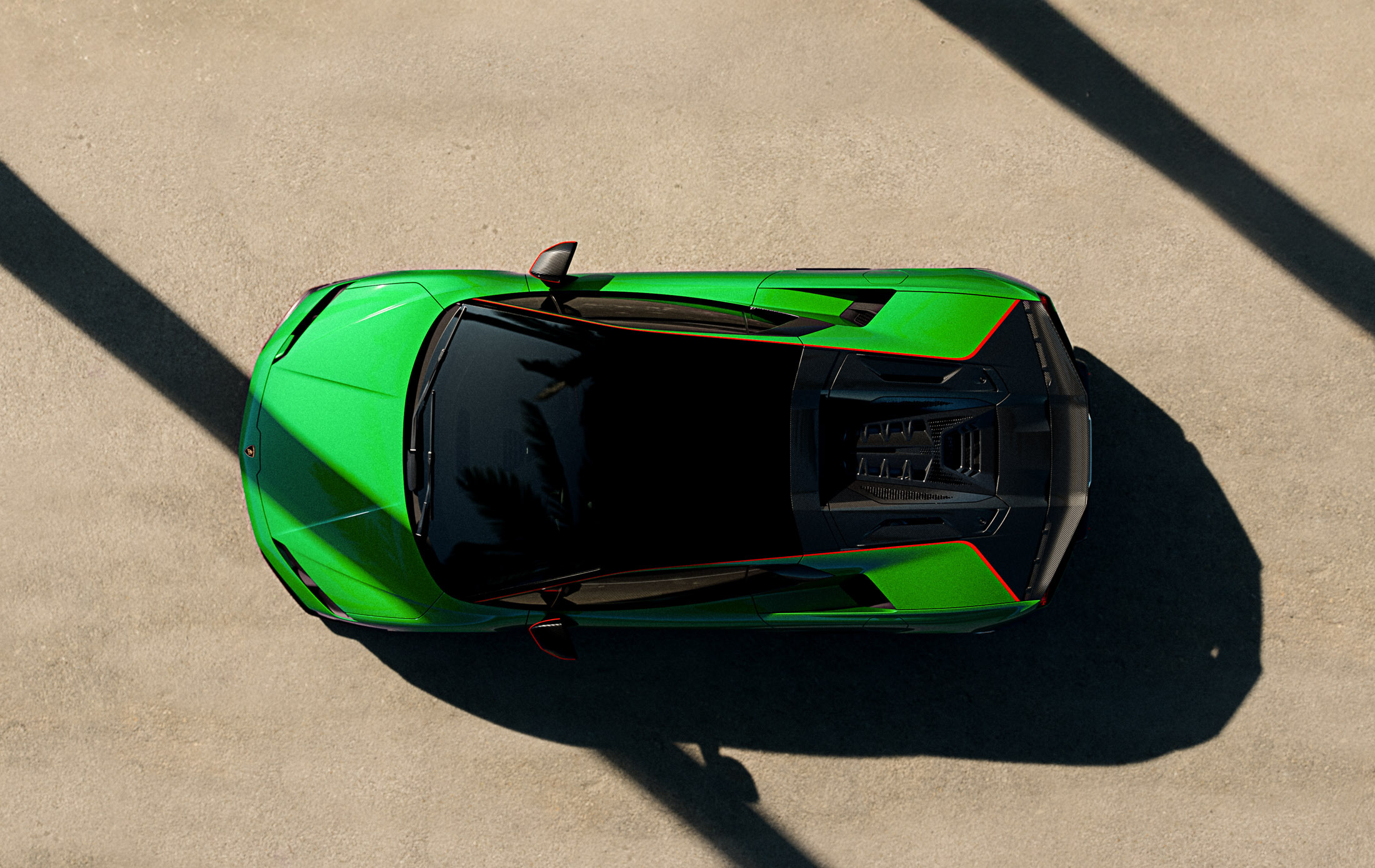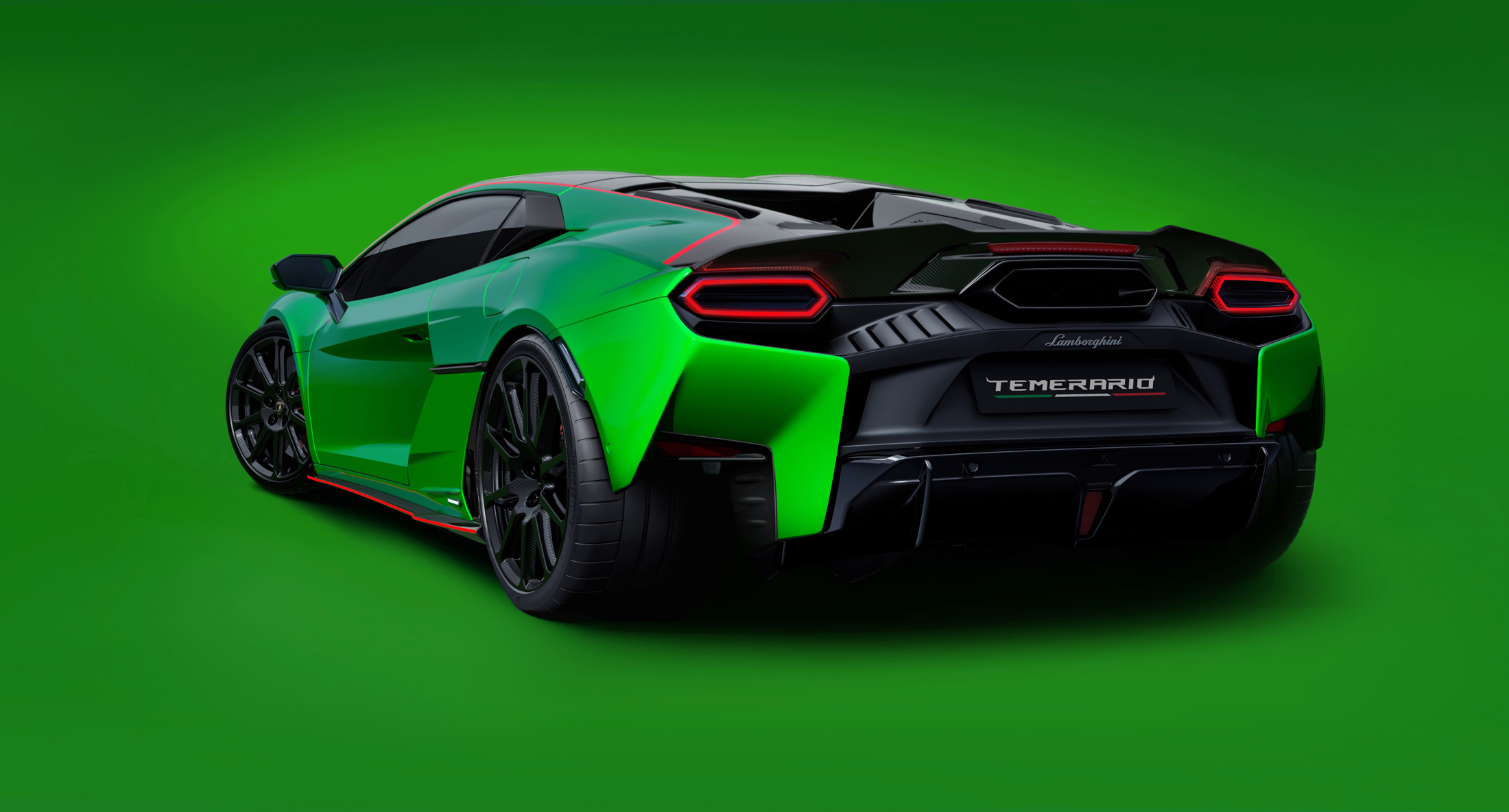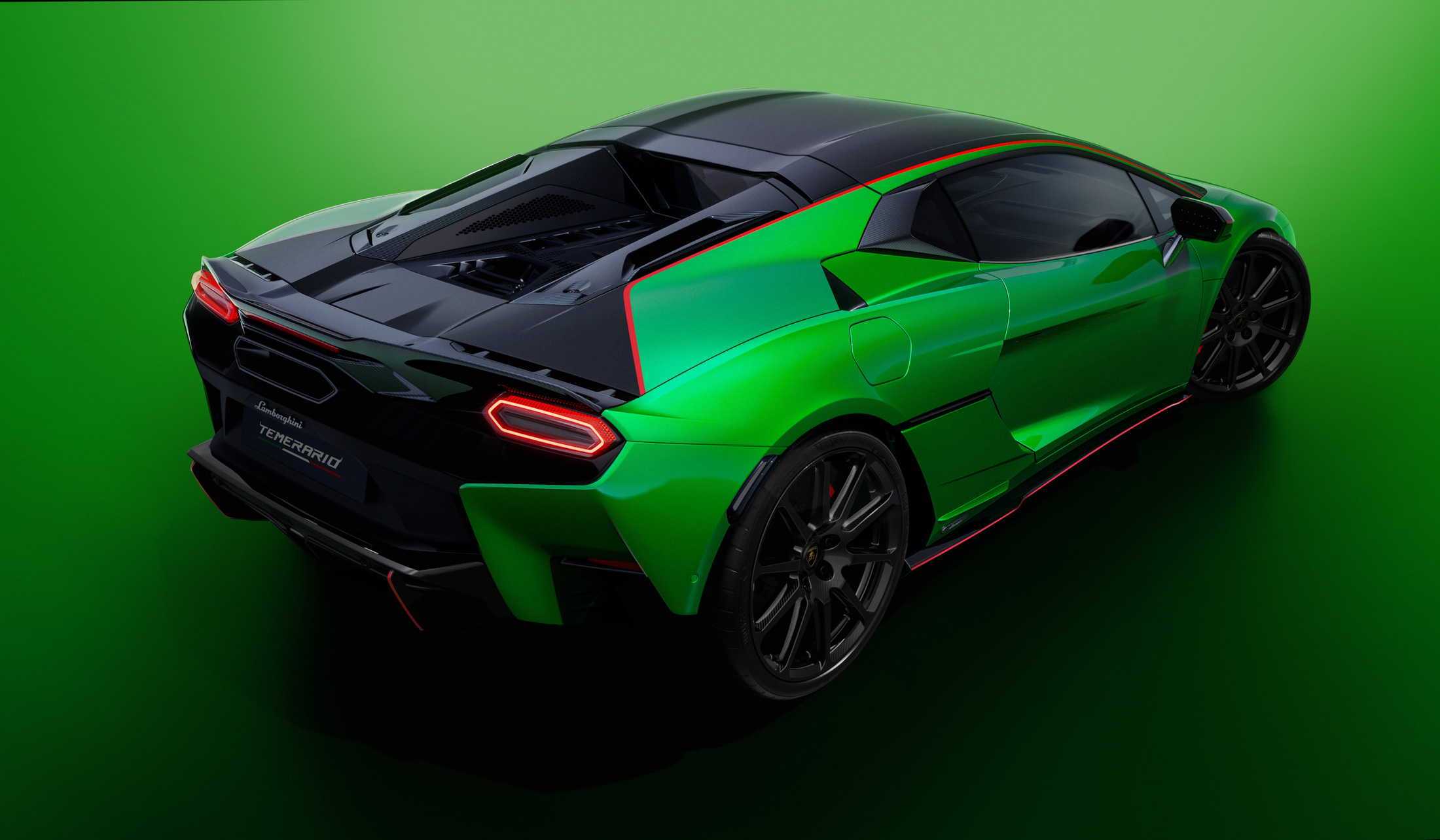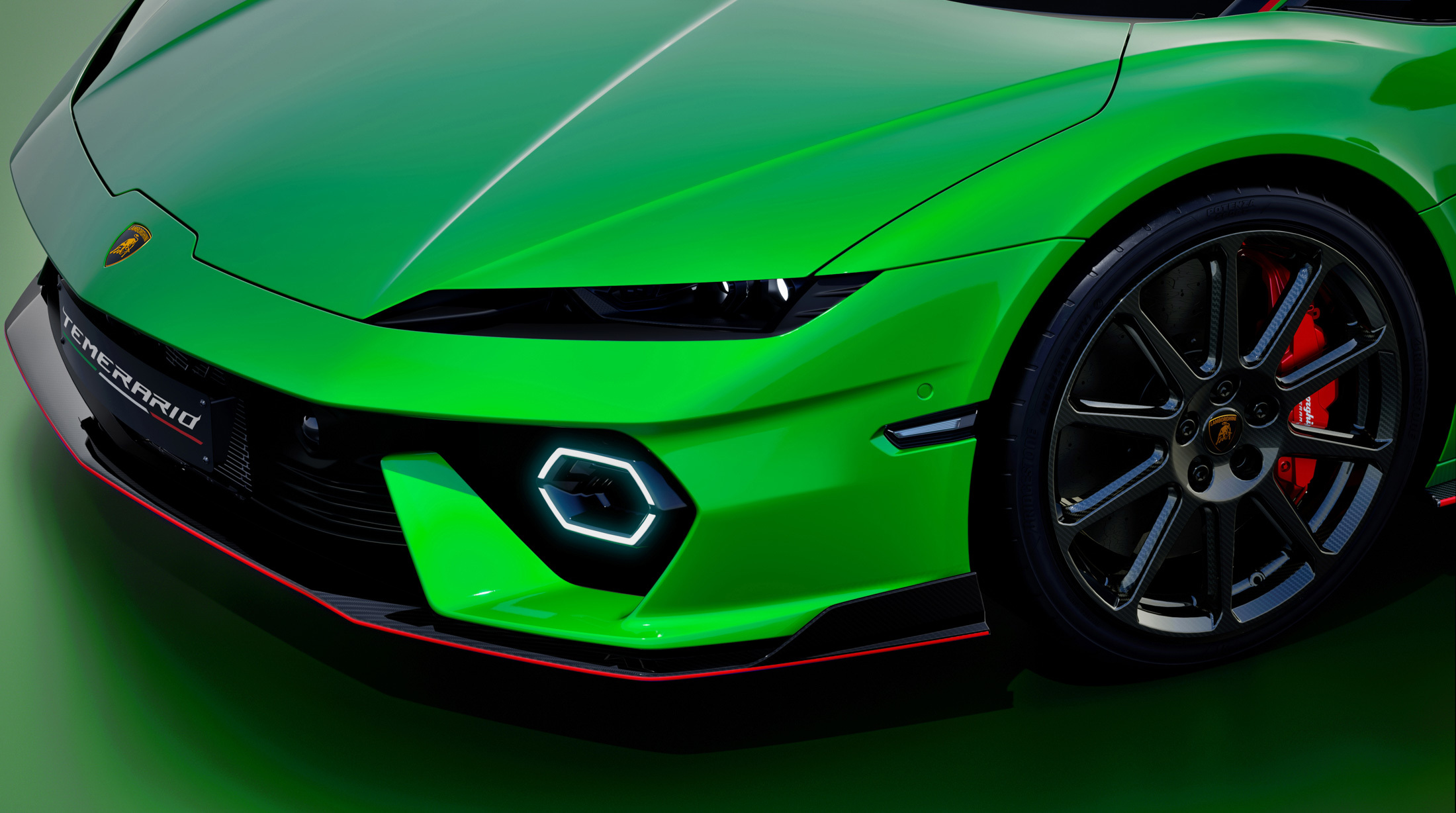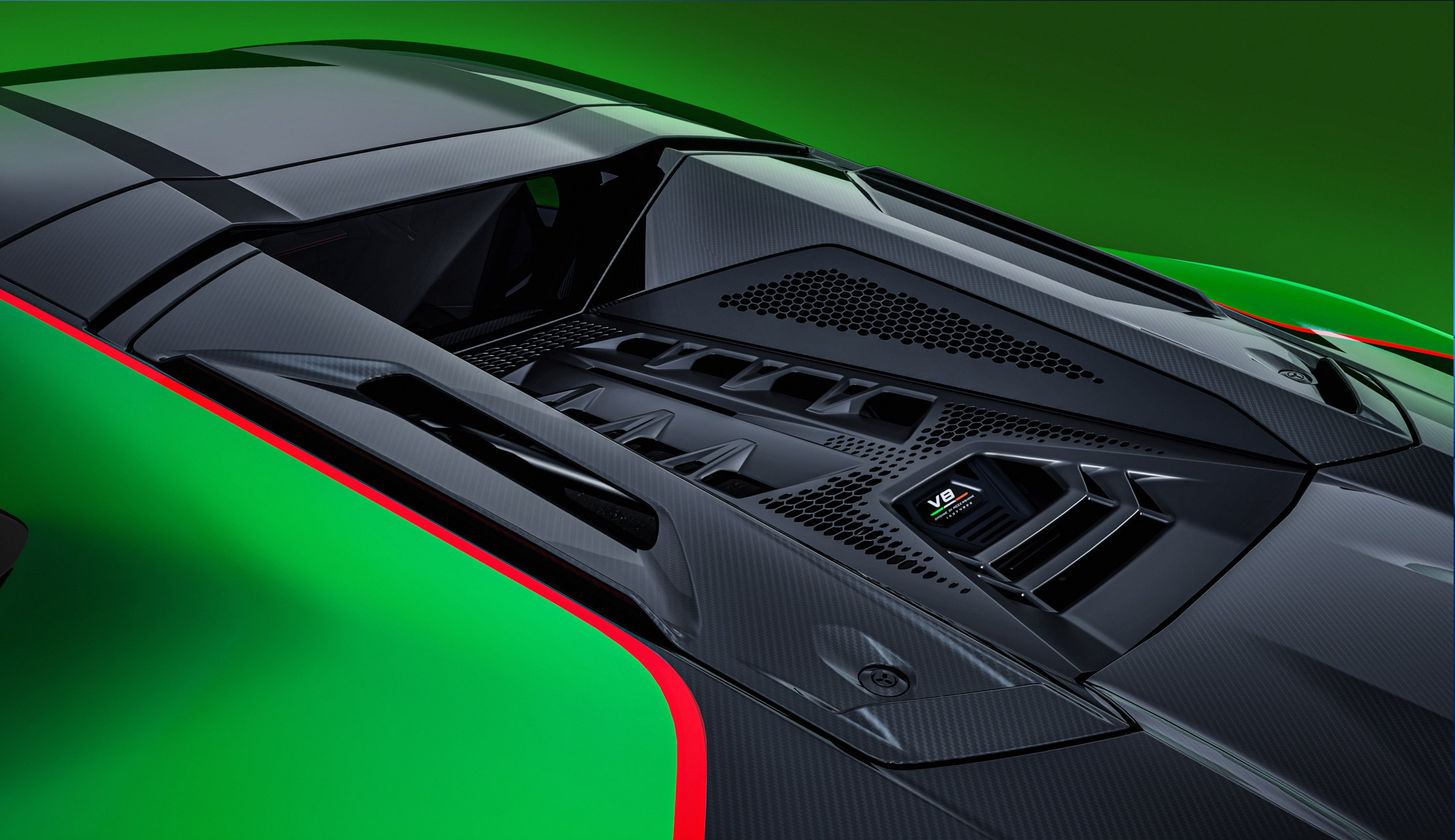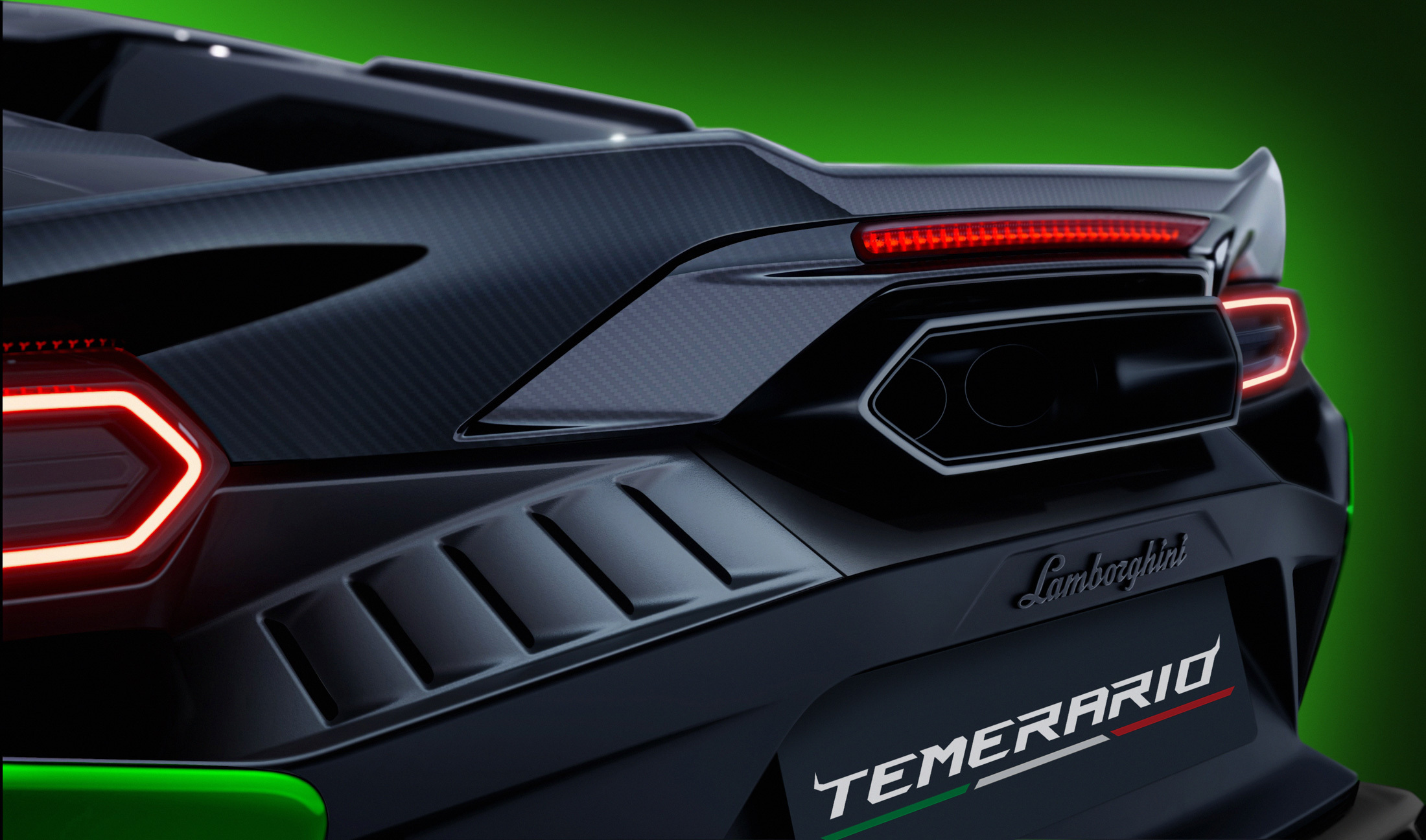- Lamborghini uses 50% fewer components in the aluminum spaceframe chassis than it did in the Huracan.
- The number of weld points used has also been reduced by 80%.
- A bespoke engine rear frame was engineered to support the high-revving 4.0-liter twin-turbo V8.
The Lamborghini Temerario picks up where the Huracan left off and brings with it a brand new engine, a hybrid system, and significantly more power and performance. Strip away the completely revised body, and there’s also a new aluminum spaceframe at the core of the car.
Unlike the Lamborghini Revuelto, as well as rivals from McLaren, the Temerario does not use a carbon fiber monocoque. Instead, its aluminum spaceframe shares more in common with that found in the Huracan, but has been developed from the ground up to support the new car and the higher forces generated by the hybrid powertrain.
Read: Lamborghini Temerario Is A 907 HP Triple-Motor PHEV That Vibrates To Get You Excited
According to Lamborghini chief technical officer Rouven Mohr, the new spaceframe has 50% fewer components than the chassis of the Huracan. There are also 80% fewer heat welds. Despite this, the spaceframe provides 25% greater torsional stiffness.
The Temerario also rocks a bespoke engine rear frame. Lamborghini says it’s been designed to fit the new 4.0-liter twin-turbocharged V8 and also aids in making the car stiffer, improving handling and increasing comfort.
The key highlight of the new supercar is obviously its powertrain. Whereas both the Gallardo and Huracan had naturally-aspirated V10s, the new car’s V8 is a bespoke unit and can rev all the way to 10,000 rpm. This engine delivers 789 hp from 9,000-9,750 rpm and 538 lb-ft (730 Nm) of torque. As if that wasn’t enough, Lamborghini has then installed three electric motors.
Two of these motors are located up front, while a third motor is positioned between the V8 and the new eight-speed dual-clutch transmission. All up, the Temerario delivers 907 hp, can sprint to 62 mph (100 km/h) in just 2.7 seconds, and can continue to accelerate all the way to 213 mph (343 km/h).
US prices for the Temerario are expected to start at $357,621 before a $4,000 destination and delivery charge, making it roughly $24,000 more expensive than the Huracan. The first deliveries should commence next year.




